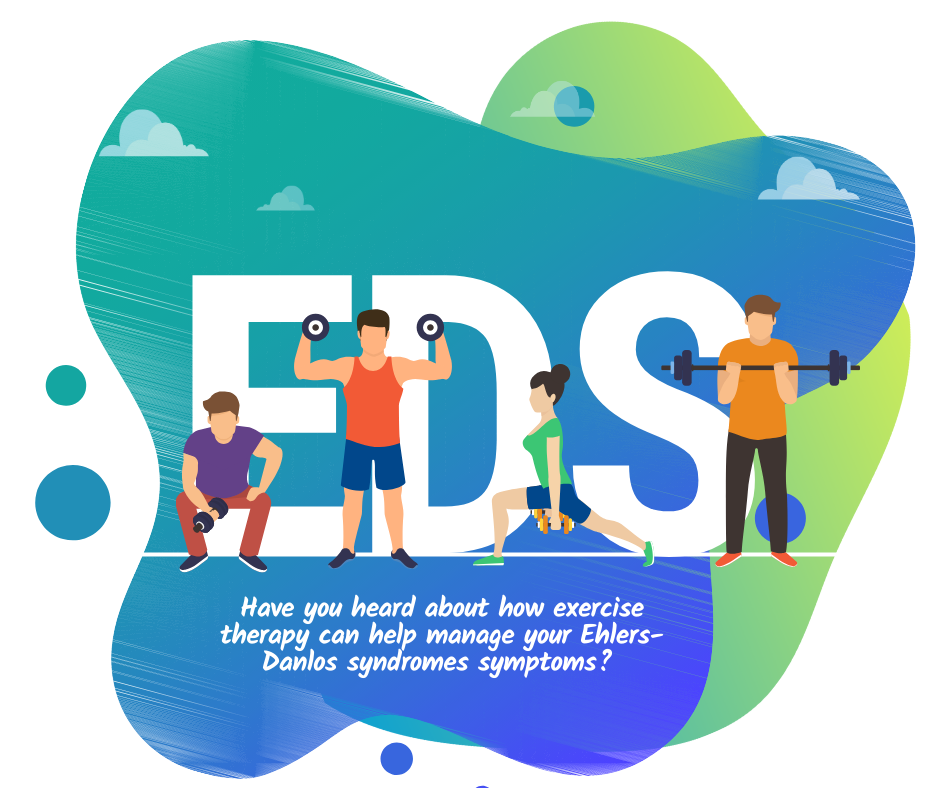Living with Ehlers-Danlos Syndrome (EDS) presents unique challenges that often require a multifaceted approach to management. This means both the hands on nature of physiotherapy and the exercise component of exercise physiology together play acrucial role in maintaining functionality and quality of life.
Understanding Ehlers-Danlos Syndrome
EDS is a group of genetic connective tissue disorders characterised by joint hypermobility, skin fragility, and tissue fragility. This condition affects individuals differently, but common symptoms include chronic pain, joint dislocations, and fatigue. Managing EDS involves a combination of medical interventions, lifestyle adjustments, and rehabilitative therapies.
The Importance of Physical Therapy
Therapy is pivotal in the management of EDS for several reasons:
- Joint Stability and Functionality: Exercise helps in strengthening muscles around hypermobile joints, providing better support and reducing the risk of dislocations. Techniques such as proprioceptive training and stability exercises are tailored to each individual’s needs, aiming to enhance joint stability without causing undue strain.
- Pain Management: Chronic pain is a significant issue for many with EDS. Physiotherapy can help alleviate pain through targeted exercises, manual therapy, and modalities like ultrasound or electrical stimulation. A skilled therapist can create a personalised plan to address specific pain triggers and improve overall pain tolerance.
- Improving Functional Abilities: EDS can impact daily activities such as walking, standing, or lifting. Exercise therapy focuses on improving functional abilities through movement retraining and ergonomic advice. This empowers individuals to perform daily tasks with greater ease and reduced risk of injury.
- Education and Awareness: Sessions are valuable opportunities for education about EDS management. Therapists educate patients about joint protection techniques, energy conservation strategies, and how to pace activities to prevent exacerbations of symptoms.
A Journey of Exercise Physiology and EDS
Client (aged 14 yrs)
I was diagnosed with EDS in 2021 at the age of 11 and started regular exercise physiology sessions around that time which helped me with my fatigue levels. I found exercises like squats, balance work, and lunges have proven most help in managing my symptoms. Building strength and growing awareness of how my body moves has helped to decrease my pain.
“What I love most about physical therapy is the confidence it gives me, allowing me to tackle daily tasks with less struggle.”
Challenges and Considerations
While both physiotherapy and exercise physiology are immensely beneficial, it’s essential to find a therapist who understands the complexities of EDS. Not all exercises are suitable, as some may exacerbate symptoms if not performed correctly. It’s crucial to communicate openly with your therapist about your symptoms and any changes in your condition.
Looking Ahead
As research on EDS continues to evolve, so too does our understanding of how best to manage its symptoms. Physiotherapy and exercise physiology remain a cornerstone of this management, offering tailored interventions that can significantly improve quality of life for those with EDS.
While living with Ehlers-Danlos Syndrome poses challenges, integrating physical therapy into your treatment plan can make a profound difference. It’s not just about managing symptoms but about reclaiming control and living life to its fullest. If you or someone you know is navigating EDS, consider exploring the benefits of exercise therapy – it could be the key to a more empowered and comfortable life, so book an appointment today.


